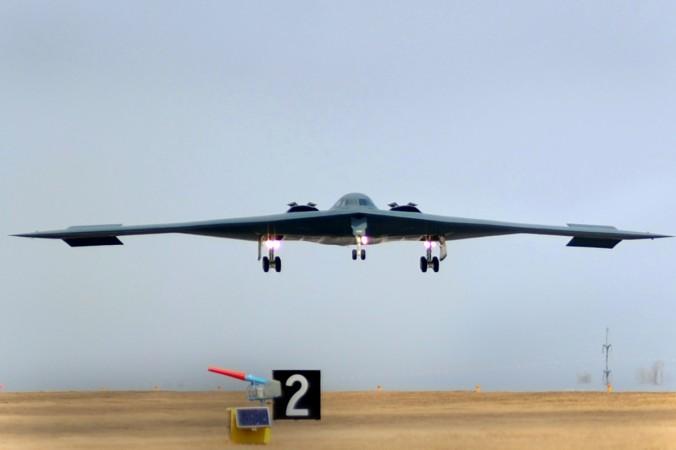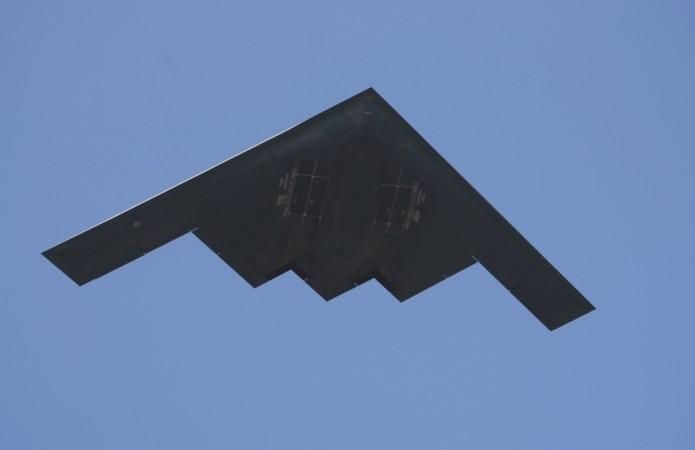In what could make stealth technology useless, China is developing a new spy satellite that uses ghost imaging technology to detect objects with radar absorption materials, including the United States' famous B-2 Spirit stealth bomber from the space.
According to a report in the South China Morning Post, the Chinese government is working on a spy satellite equipped with new quantum sensor that works by detecting not just the extremely small amount of light straying off a dim target, but also its interactions with other light in the surrounding environment to obtain more information than traditional methods. It said this ghost imaging technology would enable the satellite to track stealth aircraft and warship.
Also read: This is world's largest aircraft in the making
Stealth aircraft use technology that reduces emission of radar, infrared light, radio-frequency spectrum and audio, thus making it difficult for enemy radar or radar guided weapons to detect.

America's B-2 Spirit stealth bomber, which is the only acknowledged aircraft that can carry large air-to-surface standoff weapons in a stealth configuration, was a game changer in aviation and its successor the B-21 Raider is expected to replace it in 2025.
But Gong Wenlin, research director at the Key Laboratory for Quantum Optics, Chinese Academy of Sciences in Shanghai, has told SSMP that its ghost imaging technology can track "invisible" aircraft like the B-2s.
Wenlin said his lab would complete a prototype of the technology by 2020 before testing it by 2025 and implement on a wide scale by 2030. His team had earlier tested it with a ground experiment in 2011 before the US army lab came up with a similar result three years later.

"We have beaten them (US) on the ground. We have confidence to beat them again in space," Gong told the publication.
As its name suggests, ghost imaging spy satellites can detect objects irrespective of cloud, darkness and other elements that can impair visibility. It will be equipped with two cameras – one aimed at targeted area and the other on the surroundings. Scientists can get image of any detected object by merging the signals captured on the cameras and even identify the physical nature and chemical composition of a trget.
"A ghost imaging satellite will reveal more details than the most advanced radar satellite," said Gong.









